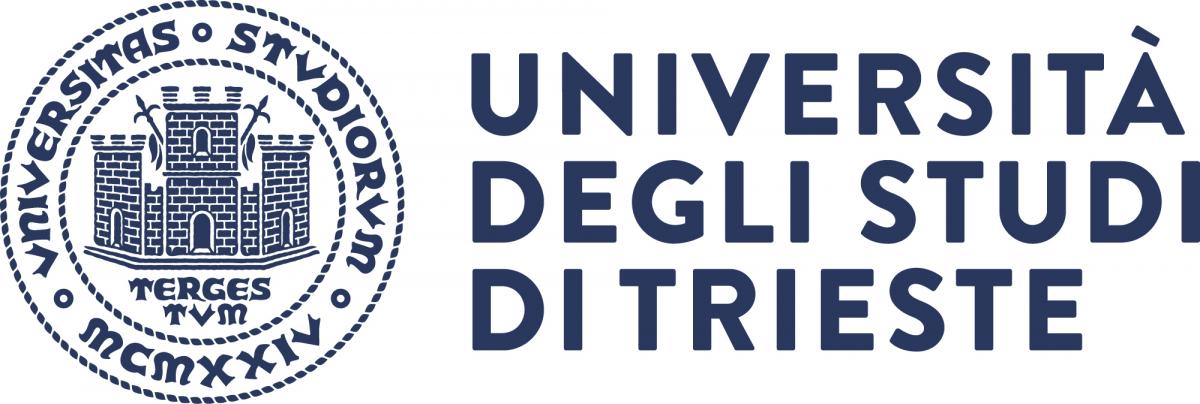Seminario prof. Picozzi - 2009 L’Aquila earthquake (Italy) and the 2016 Central Italy Seismic Sequence
Matteo PICOZZI from the Department of Physics of the University of Naples Federico II, will give a talk on "Temporal and spatial evolution of radiated energy to seismic moment scaling during the preparatory phase of the Mw 6.1,
on Wednesday 18 at 15.00 (in presence) in the Aula Magna, Building C, via Weiss 1.
Below more information about the presentation.
Temporal and spatial evolution of radiated energy to seismic moment scaling during the preparatory phase of the Mw 6.1, 2009 L’Aquila earthquake (Italy) and the 2016 Central Italy Seismic Sequence.
Matteo Picozzi1, Daniele Spallarossa2,3, Dino Bindi4, Antonio Giovanni Iaccarino1, Eleonora Rivalta4,5
1Physics Deparment “E. Pancini”, University of Naples Federico II, Naples, Italy, 2DISTAV, University of Genoa, Genoa, Italy, 3Istituto Nazionale di Geofisica e Vulcanologia (INGV), Milan, Italy, 4GFZ German Research Centre for Geosciences, Helmholtz Centre Potsdam, Potsdam, Germany, 5Department of Physics and Astronomy, Alma Mater Studiorum University of Bologna, Italy.
We consider approximately 23,000 microearthquakes that occurred between 2005 and 2016 in central Italy to investigate the crustal strength before and after the three largest earthquakes of the 2016 seismic sequence (i.e., the Mw 6.2, 24 August 2016 Amatrice, the Mw 6.1, 26 October 2016 Visso, and the Mw 6.5, 30 October 2016 Norcia earthquakes). We monitor the spatio-temporal deviations of observedradiated energy, ES, with respect to theoretical values, ESt, derived from a scaling model between ES and M0 calibrated for background seismicity in central Italy.
These deviations, defined here as Energy Index (EI), allow us to identify the onset of the activation phase one week before the mainshock. We show that foreshocks are characterized by a progressive increase in slip per unit stress, in agreement with the diffusion of highly pressurized fluids before the L’Aquila earthquake proposed by previous studies. Our results suggest that the largest events occur where EI is highest, in agreement with the existing link between EI and the mean loading stress.
Furthermore, our results show a progressive evolution of the dynamic properties of microearthquakes in the years following the Mw 6.1, 2009 L’Aquila earthquake, and the existence of high EI patches close to the Amatrice earthquake hypocenter. We show the existence of a crustal volume with high EI even before the Mw 6.5 Norcia earthquake. Our results agree with the previously suggested hypothesis that the Norcia earthquake nucleated at the boundary of a large patch, highly stressed by the two previous mainshocks of the sequence. We highlight the mainshocks interaction both in terms of EI and of the mean loading shear stress associated to microearthquakes occurring within the crustal volumes comprising the mainshock hypocenters. Our study shows that the dynamic characteristics of microearthquakes can be exploited as beacons of stress change in the crust, and thus be exploited to monitor the seismic hazard of a region and help to intercept the preparation phase of large earthquakes.



